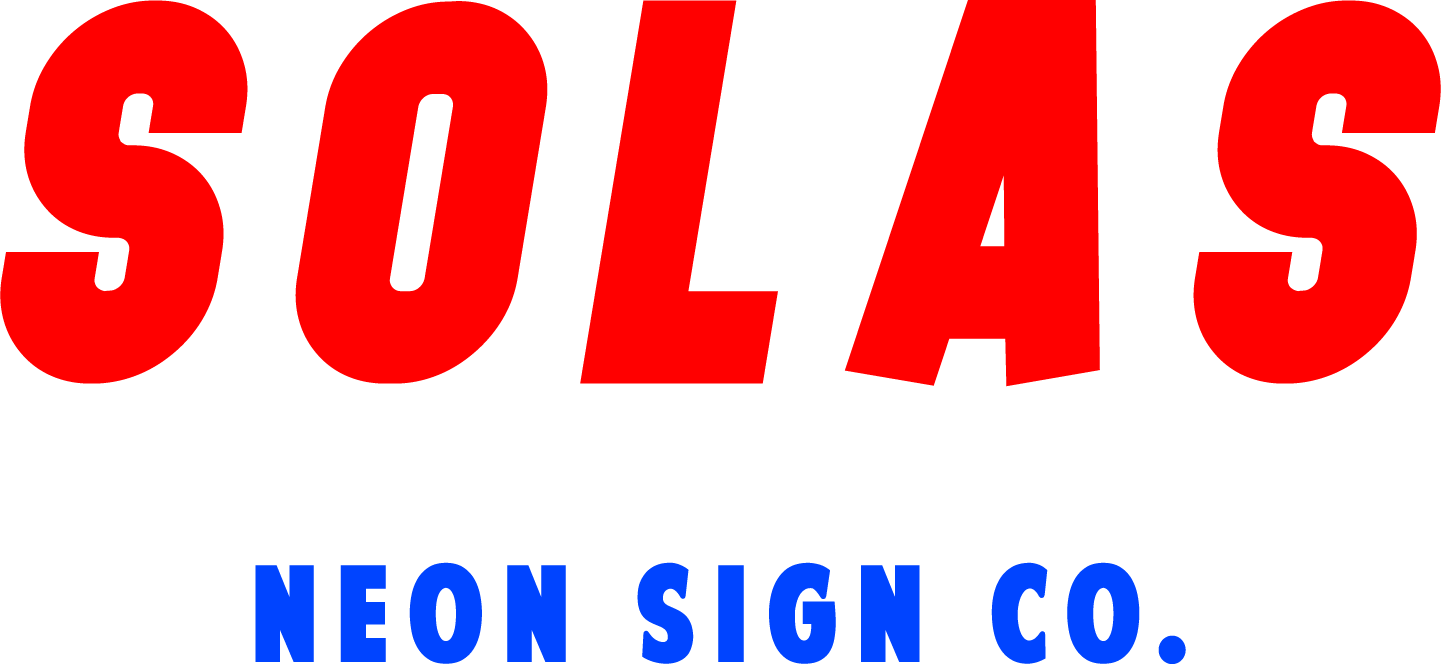Neonisation In Warsaw Poland
Neon Sign in Warsaw circa 1960’s
Eric Bednarski documentary “Neon” shines light on the golden era of post war Warsaw neon signs like nothing else. Focusing less on the technical side of the glass tube bending and more of the social and political associations of that era’s cold cathode lighting design is a refreshing way of exploring the history of neon lighting. Unlike the West, whose approach to neon was primarily through commerical advertising, Polish neon designers in the post war era participated in an extremely unique exercise of creating neon signs that were aimed at enhancing the public cityscape. These designs were only installed by going through rigorous city planning requirements that needed to fulfil the Socialist viewpoint of the political system. In the mid 50’s companies like Reklama were formed to exclusive design and installation neons that were sanctioned and approved by the government. From the point of an order being taken, permission being granted and signs fabricated it could take up to 3 years with local councillors fighting tooth and nail to have their high street the brightest. Signs were used less to sell you something and more to inform, guide and direct your visual experience within the city. This idea of Neon not as vehicle of advertising but as a form of beautification and urban enhance turns the whole existence of neon on it’s head. Almost entirely state initiated and controlled this neonisation (not a real word) of a city for the benefit of the people is truly unique and fantastic. Neons provided the people of Warsaw with a world of imagination written in light and glass, illuminating the night of their all around dreary Eastern Bloc lives.
After the economic collapse of Poland in the 70’s and 80’s mostly all of the signs of that golden era fell into disrepair or were destroyed. With the adoption of Western democracy in the early 1990’s young graphic designers and advertisers went through what some would describe as release of decades of pent up oppression towards commercial advertising and public display. Enormous billboards covered entire buildings offering the usual newly imported holy grails of Levis Jeans or Coco Cola. This new vision of Warsaw was dominated by corporate messaging and advertising that, some would say, wasn’t looking to enhance the lives of people but to join in the circus of consumerism. Luckily institution like Neon Museum in Warsaw actively set about preserving icon signs that were being lost and creating awareness of the past glory of the illuminated city. Into the 21 Century some Warsaw institutions are resurrecting their old neon signs or having new ones designed with the idea of reclaiming that public space that have been lost to soulless advertising. Cultural institution can affirm their place in the cityscape by being seen in creative and imaginative ways, using neon as a way of decorating not destroying public spaces.
Still from Eric Bednarski film “Neon” (2014)
This idea of Neonisation needs to be brought back, with absolutely vengeance, not just because its our business but because of the proven enhancement it gives to an urban landscape. Decades of shallow advertisement can usher in a new form of expression and messaging in public space that is thought out, considered, and fun. We need more beautiful neon creations that dance in the night and tell a story not sell you shit you don’t need.
“Neon” Documentary Link: https://vimeo.com/287248838
Images of Warsaw Neons : https://www.theguardian.com/artanddesign/gallery/2013/apr/28/polish-cold-war-neon-in-pictures


